Some health tips for the elderly in terms of diet
As you grow older, you go through many changes, and you may need to adjust your lifestyle for healthy aging. Healthy eating and regular physical activity can be keys to good health at any age. Making suitable lifestyle choices may also prevent some health problems, such as diabetes, heart disease, and some cancers. Health tips include:
l Select high-fiber foods like whole-grain breads and cereals, beans, unsalted nuts and seeds, deeply colored vegetables (like green beans), and fruits.
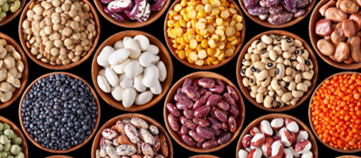
l Avoid fried foods. Choose broiled, grilled, or boiled options instead.
l Drink vitamin D-fortified low-fat or fat-free milk; milk products; or nondairy soy, almond, rice, or other drinks with added vitamin D and calcium to help keep your bones strong as you age.
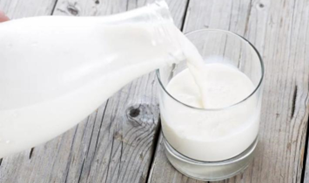
l Drink fluids throughout the day. You may feel less thirsty as you get older, but your body needs fluids to stay healthy and keep you regular. If you have a bladder control problem, check with your doctor about what, how much, and when to drink liquids.
l Ask your health care professional about whether or how you can safely become active or increase your physical activity.
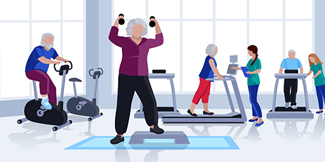
l Pick physical activities that you enjoy and can do on your own or with a friend or group.
l Stay connected with family, friends, and your community.
Learn what you can do to stay healthy and fit—for yourself and your loved ones!
Healthy Weight
Why is keeping a healthy weight important?
Your body changes as you age. For example, if you are less active, your muscles may not work as well, and that can affect your strength. You may also use fewer calories, especially if you don’t get any physical activity. Over time, if you eat and drink more calories from food or beverages than your body uses from physical activity and daily living, your body may store the extra calories leading to weight gain. Extra weight may lead to overweight or obesity.

Overweight and obesity may increase your risk for
l type 2 diabetes
l heart disease and stroke NIH external link
l high blood pressure NIH external link
l high blood cholesterol NIH external link
l kidney disease
l fatty liver disease
l certain types of cancer NIH external link
l Alzheimer’s disease and other dementias NIH external link
What is a healthy weight for me?
Two measures can help you determine whether you are at a healthy weight.
l Body mass index (BMI) is a measure based on your weight in relation to your height. You can use an online tool to calculate your BMI NIH external link.
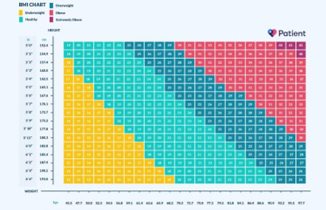
l Experts recommend that older adults have a BMI between 25 and 27 NIH external link—slightly higher than the recommended range of 18.5 to 24.9 for younger adults. On the other hand, some people, particularly older adults, can have a BMI in the normal range, but still have too much body fat. That’s why it’s also important to also measure your waist size.
l Your waist size is a measure that may tell you if you carry too much body fat. Women with a waist size of more than 35 inches and men with a waist size of more than 40 inches may be more likely to develop health problems.
Healthy Eating
How can I follow a healthy eating plan?
How much food and drinks you should consume each day depends on your weight, sex, age, metabolism, and how active you are. In general, men need more calories than women. Younger adults need more calories than adults in midlife and older. At all ages, adults who are more physically active may need to consume more calories than those who are less active.
Control portion sizes. A portion is the amount of food or drink you consume in one sitting. Being aware of food portions, serving sizes, and how often you consume them can help you make healthier food and drink choices.
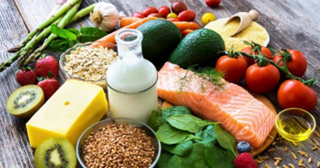
Many people eat more than they need, especially when eating out or getting takeout. Try these tips.
l Remember, restaurants often serve more than one portion. If the portion is bigger than one serving, take home or put away the rest to eat later.
l When eating out or getting takeout, share a meal with a friend or save half of your serving for another meal.
l Avoid watching TV, your smartphone, or other devices while eating. You may not notice how much you are consuming if you’re distracted.
l Consume your food and beverages more slowly and enjoy all the flavors and tastes.
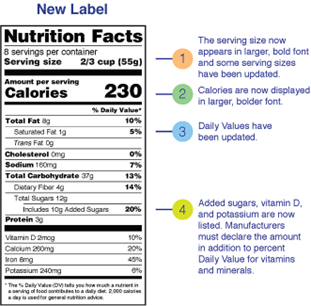
The Nutrition Facts label tells you how many calories and servings are in a box, package, or can. The label also shows how many nutrients, such as fat, protein, carbohydrates, fiber, sodium, and sugar—including added sugars—are in one serving of food. You can use these facts to make healthy food choices. Learn how to read Nutrition Facts labels External link.
Plan meals and snacks ahead. Consuming healthy meals and snacks may be easier when you plan ahead. Try these tips.
l Cook ahead and freeze food for days when you don't want to cook.
l Keep low-sodium versions of frozen or canned vegetables and beans on hand for quick and healthy meal add-ons.
l Keep frozen or packed-in-juice canned fruits ready for snacks and meals.
l Try to share meals with someone whose company you enjoy.
l If you can't cook for yourself, contact local programs that deliver meals in your area.
l Do not skip meals. Doing so may make you feel hungrier later.
References:
1、Health Tips for Older Adults | NIDDK (nih.gov)
 简体中文
简体中文  English
English  日本語
日本語 